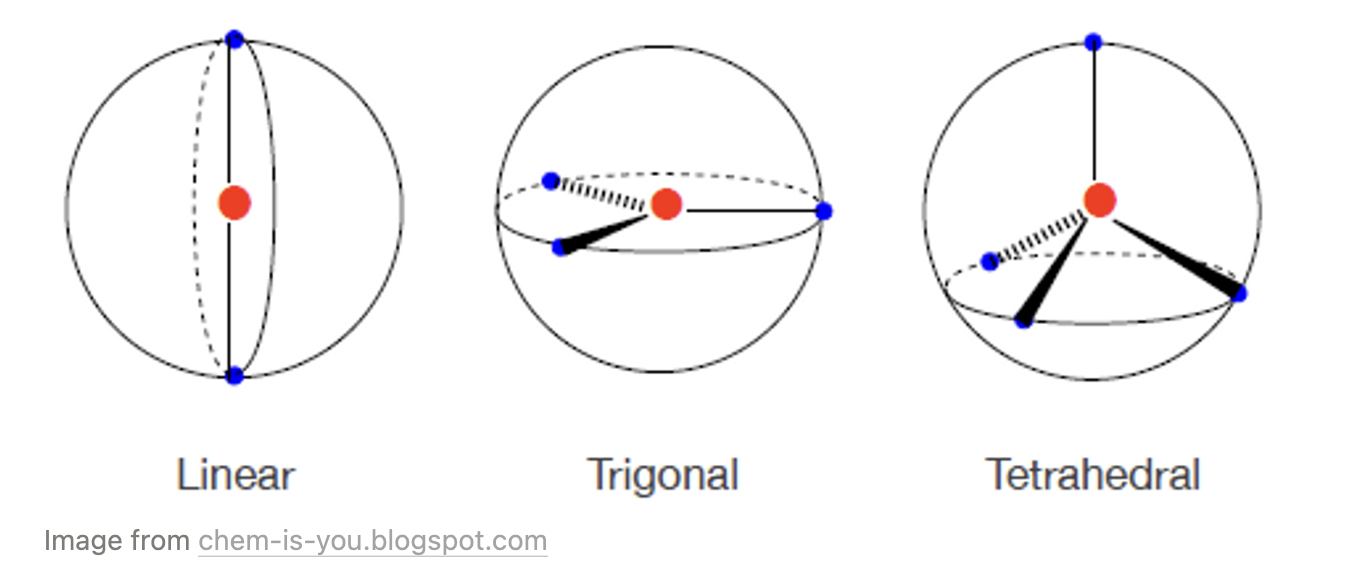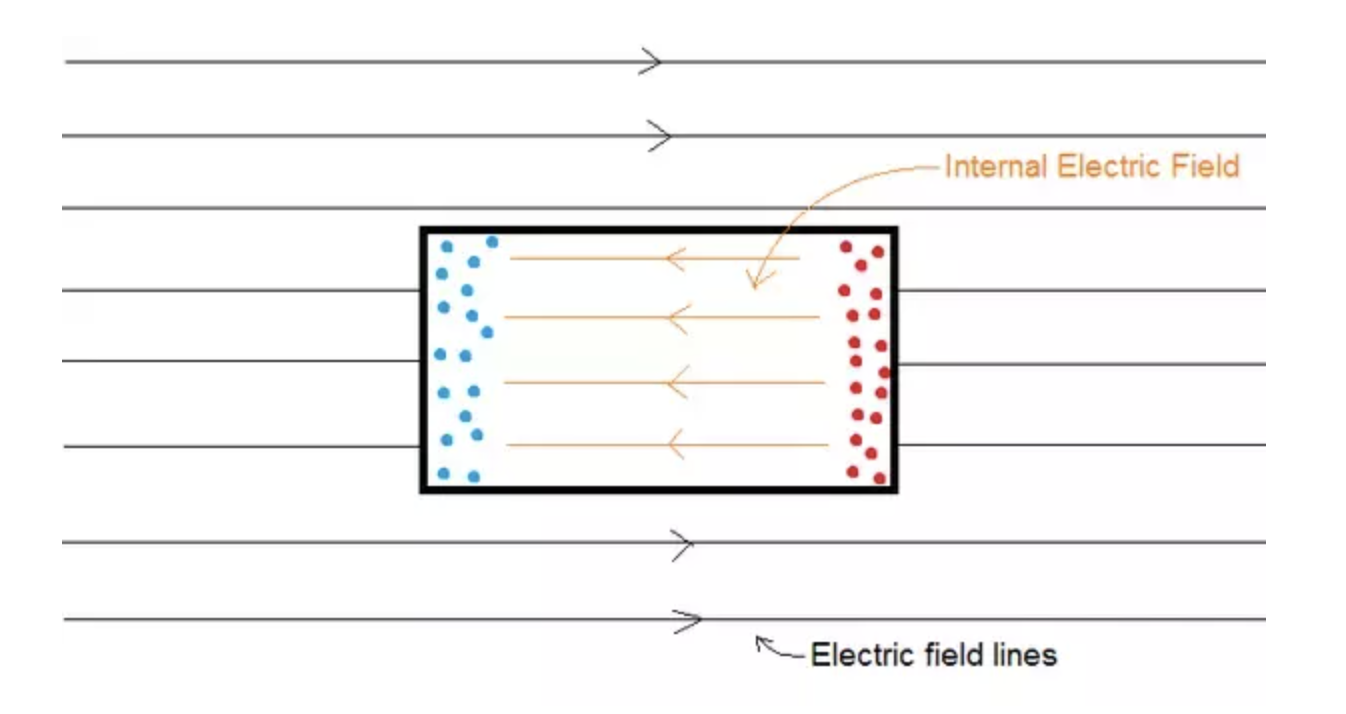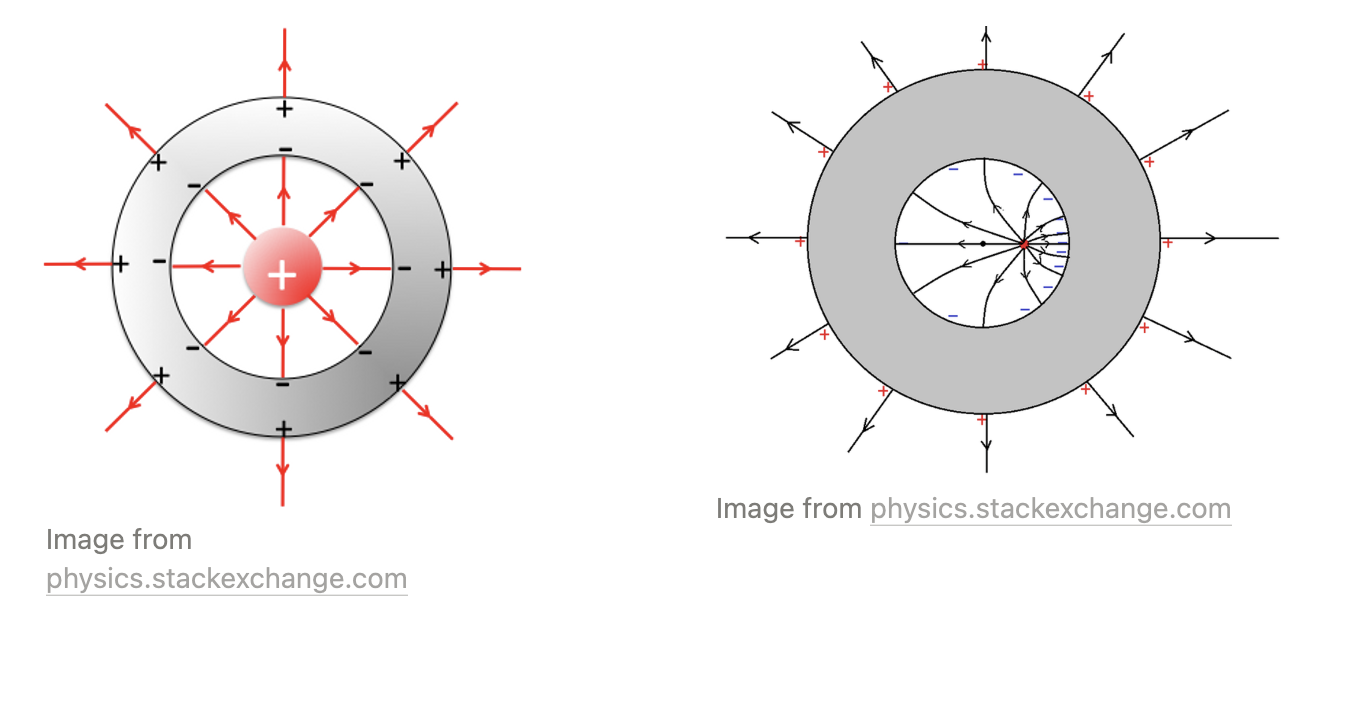2.1 Electrostatics with Conductors
5 min read•january 13, 2023
AP Physics C: E&M 💡
26 resourcesSee Units
In Unit 1, we looked at why objects have charge, and how we describe the charge on an object. In this unit, we'll cover how charge can move through an object. We'll cover conductors, which transfer charge, capacitors, which store charge, and dielectrics, which are insulators that become polarized in an electric field.
This unit makes up 14-17% of the AP exam and will take 9-18 days to cover depending on class length. The Unit 2 personal progress checkpoint on AP Classroom has around 30 multiple choice questions and 1 free response question for you to practice and check your understanding with.
We covered the basics of electrostatics with point charges, lines of charge, and sheets of charge in Unit 1. In this section, we're going to dive a bit deeper, using Gauss' Law specifically with conductors. For all of the examples and cases, the charges are static (hence electrostatics 😉). We'll get to cases where the charges are moving in Unit 3.
Electric Field on the Surface of a Conductor
Let's say I have a conducting sphere that I give a negative charge to. How does the charge spread out on the surface? Well, since like charges repel each other, the charge will spread out in the arrangement that gives the maximum distance between each electron, or other point charges.
The image below gives you an idea of how this is working. Each of the blue dots is an electron that is being repelled by all of the other blue dots. You may have done a similar exercise in a chemistry class. So imagine this process continuing for each electron added, and eventually, the entire surface would be covered by equally spaced electrons.

This evenly spaced charge gives a very consistent electric field, with the field lines pointing perpendicular to the surface of the object. Why perpendicular? Well, if the lines weren't perpendicular, there would be a net force that would be horizontal. This force would make the charge accelerate which can't happen during electrostatic equilibrium.
What Even Is a Conductor??
Conductors are materials that allow electrons to flow freely through them. This means that when a conductor is placed in an electric field, the electrons in the conductor will rearrange themselves in such a way as to cancel out the electric field inside the conductor. This is known as the phenomenon of shielding or screening.
When a conductor is connected to a source of electric potential, such as a battery, the charges within the conductor will flow in a specific direction, creating an electric current. The direction of the current is determined by the flow of electrons, which are negatively charged particles. In most conductors, the electrons are able to move freely, allowing them to flow in response to an electric field.
Electric Field Inside a Conductor 🔲
Recall that the electric field inside a conductor is 0. Why does that have to be true?
If the field was not 0, there would be a net force on the charges, and they would be accelerating (not static)!
The net electric field is zero because the charges inside the conductor align themselves to produce a field that opposes the external electric field. As the interior field gets stronger, the net electric field in the conductor approaches zero.

Image from quora.com
This also means that if we were to look at a conductor surrounding a charge, it would appear like the charge was perfectly centered in the conductor even if it wasn't.

Because the conductor shields and can disguise the charges inside, all we can know looking from the outside is if there is a net charge inside.
Application—Electric Shielding & Faraday Cages 🌩️🚘
Because the net electric field in a conductor is 0, we can use this to create an area that is protected from external electric fields. This is known as a Faraday Cage (or Faraday Suit if you want to wear one). As long as the protected area is completely surrounded by a conductor, any external electric fields can't penetrate into it.
This can be used for several useful purposes such as:
- Protecting sensitive electronics from shocks
- Downside—your cell phone loses reception in a metal box, such as an elevator or industrial building
- Having your car keep you safe from a lightning strike. It's the metal frame, not the rubber tires that protect you. Check out this quick MinutePhysics video for more info
- Safely working with high voltage electricity
Summing it up 😎
In a conductor, the charge is concentrated at the surface and is evenly spread out. This results in an even electric field perpendicular to the surface, an electric field of 0 inside the conductor, and a constant (probably non-zero) electric potential inside the conductor.

Practice Questions (courtesy of the AP Physics C EM Workbook)

Image Courtesy of Web.MIT
1) Two conducting spheres, X and Y have the same positive charge +Q, but different radii (rx > ry) as shown above. The spheres are separated so that the distance between them is large compared with either radius. If a wire is connected between them, in which direction will electrons be directed in the wire?
(A) From X to Y
(B) From Y to X
(C) There will be no flow of charge in the wire.
(D) It cannot be determined without knowing the magnitude of Q
Answer
Answer (A) is correct! V = kQ/r so the smaller sphere (Y) is at the higher potential. Negative charge flows from low to high potential so the charge will flow from X to Y.

Image Courtesy of Web.MIT
2) A solid, uncharged conducting sphere of radius 3a contains a hollowed spherical region of radius a. A point
charge +Q is placed at the common center of the spheres. Taking V = 0 as r approaches infinity, the potential at
position r = 2 a from the center of the spheres is:
(A) 0
(B) 2kQ/3a
(C) kQ/3a
(D) kQ/a
Answer
Answer (C) is correct! Since the spherical shell is conducting, a charge of –Q is induced on the inner surface. This gives a charge of +Q on the outer surface since the spherical shell is neutral. As E = 0 inside the conducting shell, the potential inside is constant and the same as on the surface, which is kQ/r.
Browse Study Guides By Unit
⚡️Unit 1 – Electrostatics
🔋Unit 2 – Conductors, Capacitors, Dielectrics
🔌Unit 3 – Electric Circuits
🧲Unit 4 – Magnetic Fields
⚛️Unit 5 – Electromagnetism
✍️Exam Skills- FRQ/MCQ
🙏Exam Reviews

Fiveable
Resources
© 2023 Fiveable Inc. All rights reserved.